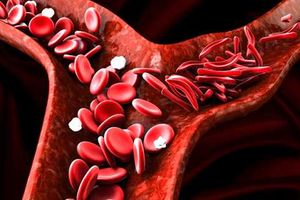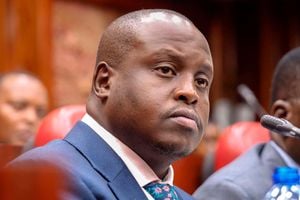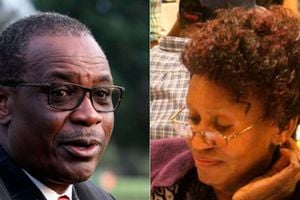Is Kenya on the right track in war against sickle cell disease?

Dr Angela Munoko, a clinical pathologist at Pathologist Lancet Kenya.
What you need to know:
What are some of the interventions that Kenya has put in place to fight and manage SDC?
The Ministry of Health has released guidelines on control, screening, diagnosis and management of the disease. This is to enable people to get help right from primary healthcare facilities, whereby the disease can be identified at the very low level, and patients can be educated. There is also the referral structure, which gives guidelines on how a patient can be referred should they require further health care and support.
Hydroxyuream, a drug used to prevent periodic episodes of extreme pain (pain crises), has been included in the essential drug list and is now covered by the National Hospital Insurance Fund. Also, the newborn screening initiated by the ministry has proven to be an important intervention in managing the disease. A lot of complications associated with the disease usually affect children under five years and so early diagnosis is essential. Treatment can reduce the risk of life-threatening complications. There is also the health registry that seeks to diagnose, register and follow up patients. Bone marrow transplant, on the other hand, is one of the management modalities for sickle cell. Kenya had the first bone marrow transplant last October.
But even with all these interventions, the fight against this disease has remained an uphill task. Why is that the case?
Sickle cell is an inherited disease and thus there are social, cultural and health care issues involved. There are people who are carriers but don’t have the disease. When two carriers meet, get married and have a baby, they both donate a copy of the sickle cell gene, meaning there’s a chance that the child will have an abnormal gene.
Having said this, it is important for couples to be screened for the disease before getting married and having children, but in most instances, it usually isn’t the case.
Stigma is also still rife, which discourages the affected from seeking help early.
Which are the most affected regions and why?
Western parts of the country like Bungoma and Kakamega as well as Nyanza and the coastal region. Sickle cell is caused by genetic mutation, which is thought to develop as the body defends itself against malaria. For this reason, it is common in areas where malaria is endemic, and this is a common pattern across the world.
What tests does one need to do to know if they are carriers or not?
You can find out by having your blood tested.
You may also have a genetic test performed on your blood. This way, you can learn whether you carry a gene for sickle haemoglobin that you could pass on to a child. In Kenya, the most common testing methods are Haemoglobin electrophoresis that measures haemoglobin levels and looks for abnormal types of haemoglobin and High Performance Liquid Chromatography that identifies which type of haemoglobin is present.
What challenges is Pathologist Lancent Kenya facing in terms of testing the disease?
We tend to come across parents who live in denial. We have had patients moving from lab to lab hoping to get a different result.
Once we see symptoms suggesting the presence of the disease, we recommend confirmatory tests, but some patients don’t follow up. All these factors delay treatment and management of the disease.
We want them to know that this is a hereditary disease and thus it is not anyone’s fault. We highly recommend counselling and encourage people with children to bring them for diagnosis.
How is Pathologists Lancet Kenya trying to raise awareness on the importance of performing sickle-cell anaemia tests?
We normally do continuous medical sensitisation in hospitals as well as hold online talks on diagnosis. Also when reviewing samples of patients and we find out that someone has the disease, we encourage them to bring their whole family for testing. Other than that, there have been collaborating efforts with other sickle cell organisations and foundations in getting the information out there. Community health workers should be empowered to sensitise residents at grassroots levels especially in the most affected regions.





